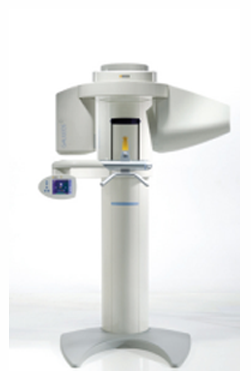A dental X-ray evaluation of your teeth and jaw is paramount to the retention of proper oral health. They are standard procedure, and every new dentist will request previous scans or ask to take new ones for their records. Many people have reasonable reservations about the impact of X-rays on our health, and may not readily agree to have them done. Here are some things we would like you to know about X-rays before your next visit.
The Basics
X-rays are an important tool for every specialty within dentistry. They are generally considered to be a safe, effective means for dentists to understand your unique oral structure and health. Dentists will take four different types of x-rays; bitewing, occlusal, panoramic, and periodical. Each of these focuses on a different aspect of your teeth and bite.
The bitewing will show how well your teeth align and may also show cavity development. Occlusal x-rays capture all your teeth in a single image and can help detect abnormalities in the anatomy of your mouth or palate. Panoramic images let dentists check your wisdom teeth, jaw, and any implants you may have. Periodical images show the entire tooth from root to crown.
Purpose
The purpose of a radiograph, or x-ray, is to analyze oral health. They capture what is happening on the interior of your teeth and gums. Images allow dentists and orthodontists to evaluate positioning, decay, and impact of the teeth. Whenever you enter a new practice without existing or current imagery your dentist will take them for your file with their practice.
They are also used to track the progression of growing teeth in children and the progress of any treatment you may undergo.
Safety
While there is no official preparation to receive an x-ray, there are measures dentists take to ensure your safety and theirs. Whoever takes your x-rays will outfit you with a lead vest to protect your internal organs and other essential body parts from radiation exposure. It effectively blocks the radiation from your person without hindering the ability to produce an image.
The level of radiation is very low, but the different types of x rays show dentists different things. Periodical X-rays show abnormalities in the bone and root structures. Occlusal X-rays share a story of tooth development and placement. Each work shows dentists and hygienists an in-depth view of the condition of your teeth, and how they may proceed with your oral care.
If you would like to learn more or schedule an appointment, call us at 702-735-2755 or visit us online at www.patricksimonedds.com today.
Dr. Patrick Simone proudly serves patients from Henderson and all surrounding areas.

